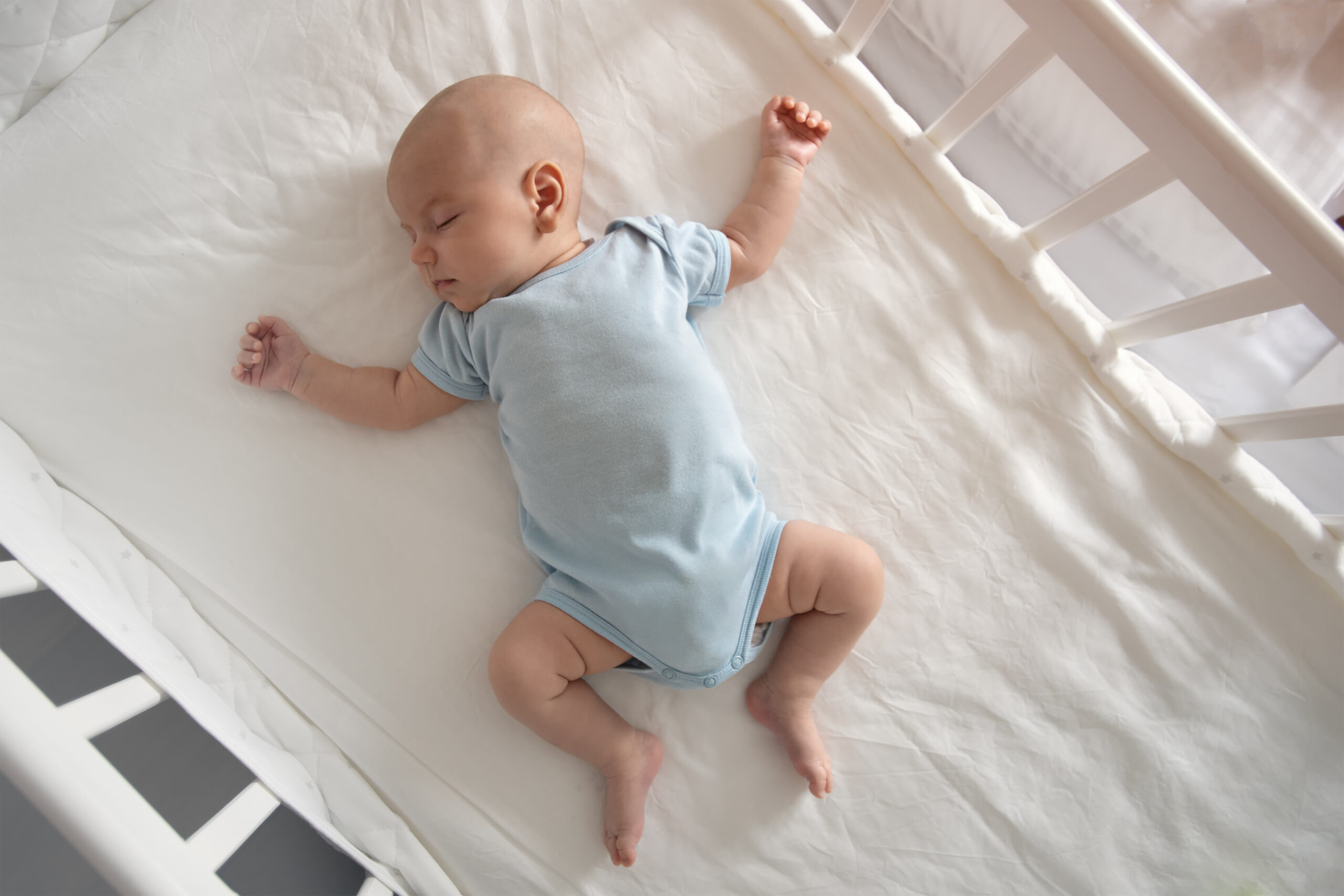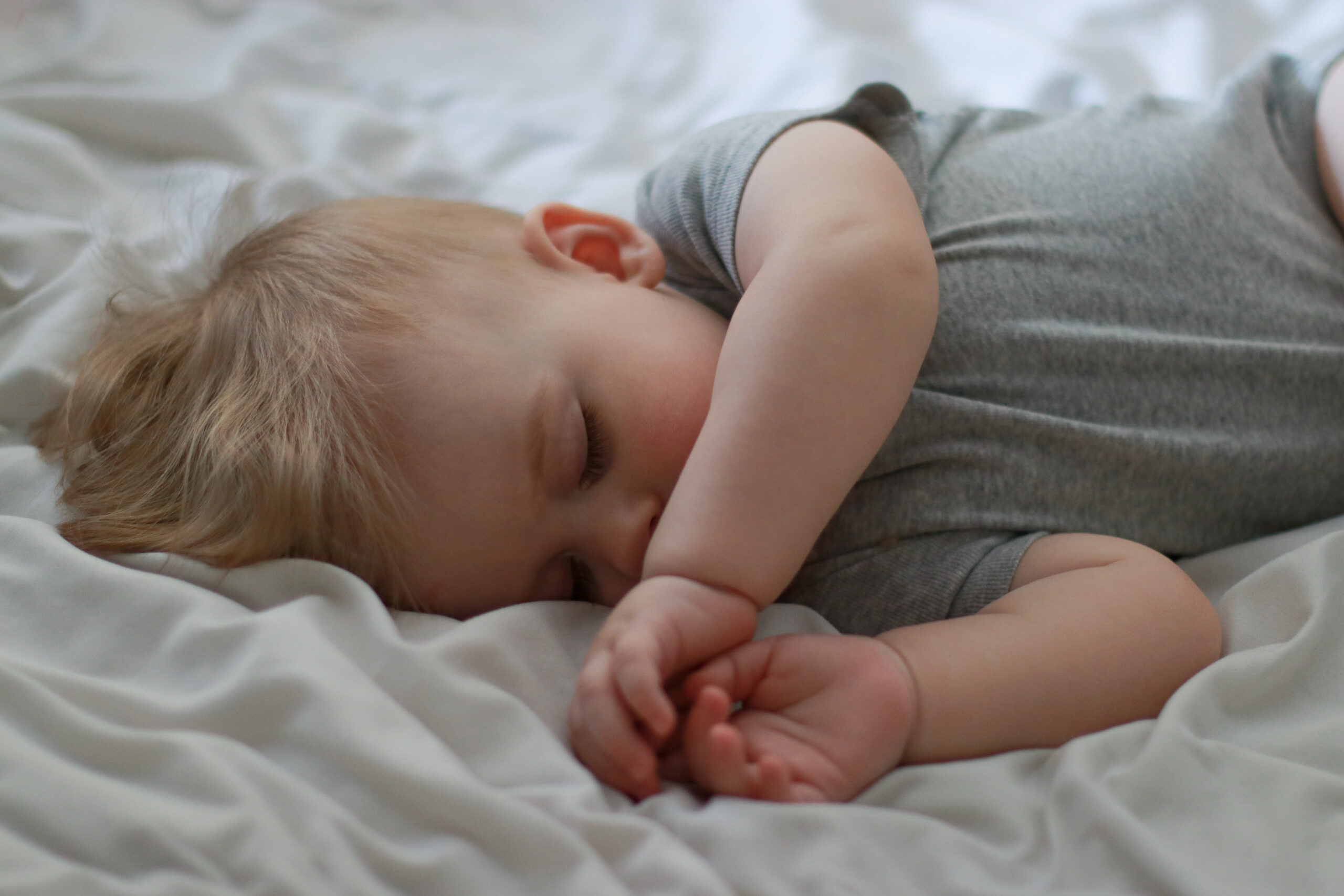Baby Sleep Safety 101 – Common Risks and When to Visit the ER
As a parent, ensuring your baby sleeps safely is one of the most important things you can do for their health and well-being.
This is a reminder to review best practices for safe sleep and be aware of potential emergencies that can occur while your baby is resting.
Common Sleep-Related Emergencies in Infants
While sleep is essential for your baby’s development, certain risks can make sleeping dangerous. Here are some sleep-related emergencies to watch for:

1. Unsafe Sleep Positions
Babies should always be placed on their backs to sleep.
Sleeping on the stomach or side increases the risk of Sudden Infant Death Syndrome (SIDS) which sadly claims the lives of more than 1500 infants each year.
If your baby accidentally rolls onto their stomach and struggles to breathe, this can quickly become an emergency.

2. Suffocation and Airway Obstruction
Soft bedding, pillows, stuffed animals, and even loose blankets can obstruct your baby’s airway. It’s crucial to keep the crib free of unnecessary items and ensure your baby’s face is not covered.
3. Entrapment and Falls
Babies can become trapped between the mattress and the crib railing or in other tight spaces. Falls from beds, couches, or unsafe sleep surfaces can lead to head injuries or fractures.

4. Overheating or Chilling
A room that is too hot or too cold can put your baby at risk of overheating or hypothermia.
Overheating is linked to SIDS, while a room that is too cold can cause discomfort and illness. Keeping the room at a comfortable temperature (between 68–72°F) is ideal.
5. Strangulation Hazards
Loose cords from blinds, baby monitors, or nearby electronics can be dangerous if they are within your baby’s reach. Babies can get tangled in these cords, leading to strangulation.
Accidental strangulation or suffocation in bed is responsible for more than 1000 infant deaths a year.

6. Sleeping with the Mouth or Nose Covered
Babies sometimes roll into a position where their nose or mouth is covered by bedding, a caregiver’s body, or clothing. This can restrict airflow and cause oxygen deprivation.
When to Go to the ER
While many sleep-related incidents can be prevented, emergencies can still occur. Seek immediate medical attention if you notice:
- Your baby is struggling to breathe or turning blue.
- They are unresponsive or excessively drowsy.
- Your baby has fallen and is showing signs of a head injury (vomiting, excessive crying, lethargy, or swelling on the head).
- Signs of overheating (hot skin, rapid breathing, lethargy) or hypothermia (cold skin, shivering, slow breathing).
- Any visible signs of strangulation or entrapment.